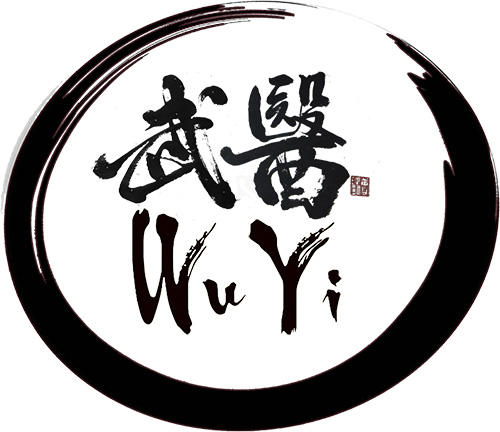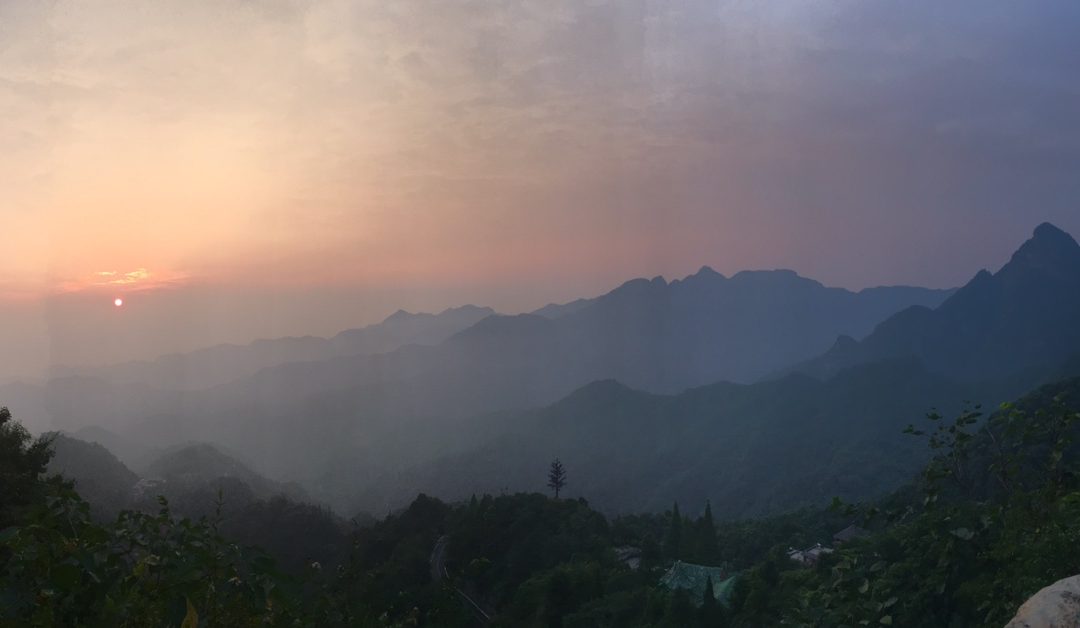Reflections
So it came to and end, as it always does. Sitting in Beijing, late summer, 30 degrees Celsius and reflecting over the summer that passed. I ended this years China trip with one week of hard training of Wudang Sword. The amount of knowledge Master Chen Wu Xing have of the sword is astounding, and it is a honor to study with him. Many Wudang masters, like Zhong Yun Long and Chen Li Sheng start to seek him out, as many of wudangs sword forms, like Dan Jian (Elixir Sword) and Xuan Men Jian (Mysterious Gate Sword) has their root in the Wudang Dan Pai system, that was past down from Song Wei Yi, to Li Jing Lin, to Meng Xiao Feng, to Ma Jie, to Chen Wu Xing.
Everyday I wake up at 5 pm, eat breakfast, ride the public transport for about 2h into the suburbs in north Beijing, train for 2-3h, talk a little and then I go back again. In the afternoons I review the things I learned. Lets just say that my body is in need of some days off. The Wudang sword is the highest form of the internal martial arts, combining the waist work of TaiJi, the direct and precise power of XingYi & the foot and body work of the Bagua, if you don’t have a good foundation, even the basic form would be hard to learn. I am truly grateful to Master Tang for building me up and preparing me for this journey. His training method is a mystery in it self, but it is like no other when it comes to develop focus, body awareness, internal and external movement, without his teaching I would not be able to go as far and learning as fast as I do. I am also grateful to my Chun Yang brother Cheng Xiao Bo a.k.a Piotr that lend me his apartment in Beijing.
The TaiJi Gong Course
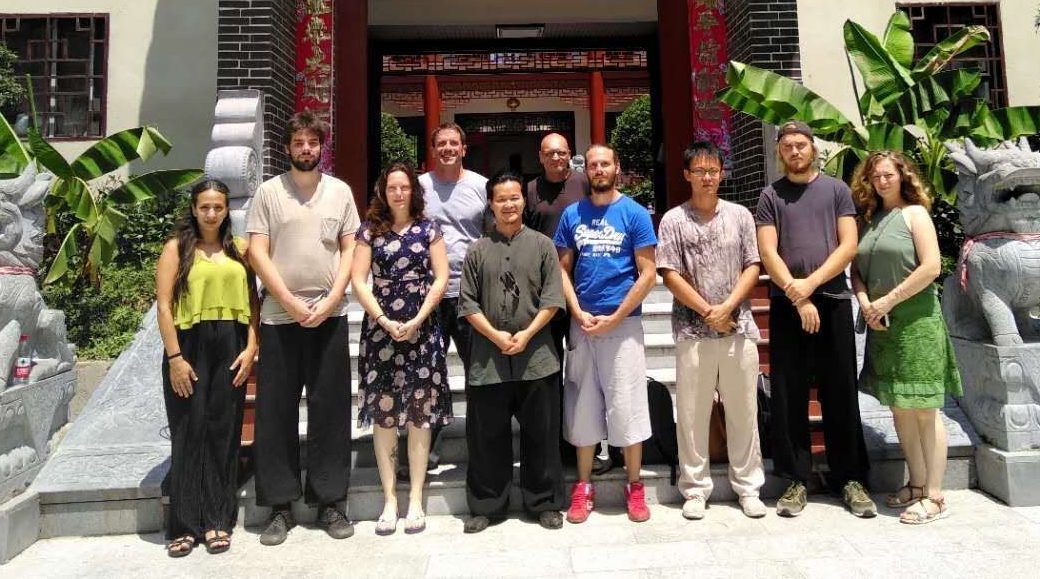
Four weeks of hard training in the Wudang Mountains, with a focus on building up internal and external power, and to create an understanding of how TaiJi Quan can be used as self-defense. The way me and Jakob was trained when we started learning from Master Tang. My fears was that many of the students would not make it, and in the end of the course there were sore knees and tired backs. We had to adjust some of the training moments a bit because of the heat, but everybody made it through. I think one month was a good length, the mind and the body needed to recover.
I am so proud of the development of the students, in such a short time, they came a long way. The training moral was high in the group, everybody put in the hard work. They all had different starting points, some being long term students from master Tang, others completely beginners, with no martial art experience what so ever. They might not see the changes themselves, as we tend to be our own worst critic and have too high expectations, but as a teacher seeing them everyday, the progress was obvious.
It was long days, starting at 5.30 in the morning with lighting the incense and paying respect to our founders and the teachings. It is usually the way master Tang measures your development, looking the first day as you kowtow and then the last day as you kowtow, to see how much the movement changed.
敬礼三丰祖师
JingLi SanFeng ZuShi
Show respect to SanFeng our founder
真武神
Zhen Wu Shen
and XuanWu DaDi
道法自然
Dao Fa Zi Ran
The natural way
万法归宗
Wan Fa Gui Zong
The ten thousand things returns to dao
中正圆活
Zhong Zheng Yuan Huo
Stay centered but be dynamic and smooth
刚柔相济
Gang Rou Xiang Ji
Hard and soft mutually aid each-other
形神兼备
Xing Shen Jian Bei
Practice both form and spirit simultaneous
上善若水
Shang Shan Ruo Shuǐ
The highest virtue is like water
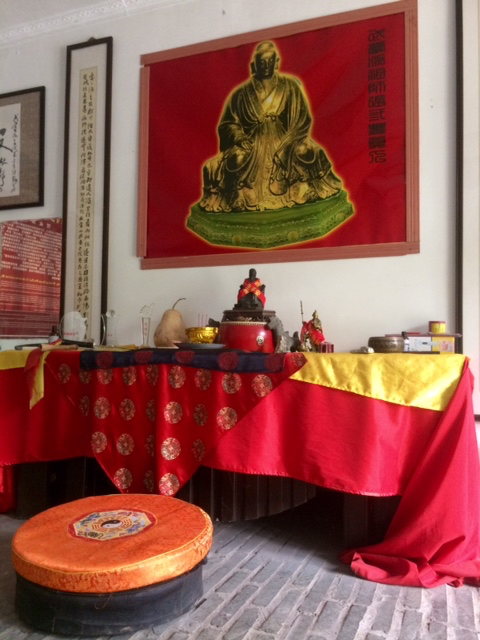
After paying respect we all went up to the roof to practice the Hu Zhao Qi Gong (Tiger Claw Energy Work) in the sunrise, collecting the soft warm Qi from the sun, filling and building up Qi in our lower DanTian and opening and circulating the Qi in the body.
Breakfast usually contained of noodles with some vegetables, not really enough energy for a day filled with hard training. Some students took it up on them self to boil some eggs to go with the noodles. At 08.30 we all went running in the mountains to get the Qi and blood really moving. I separated the runs, one building aerobe stamina and one building anaerobe stamina. Wednesday was the time for a more softer approach, exploring the valley and sounding peaks.
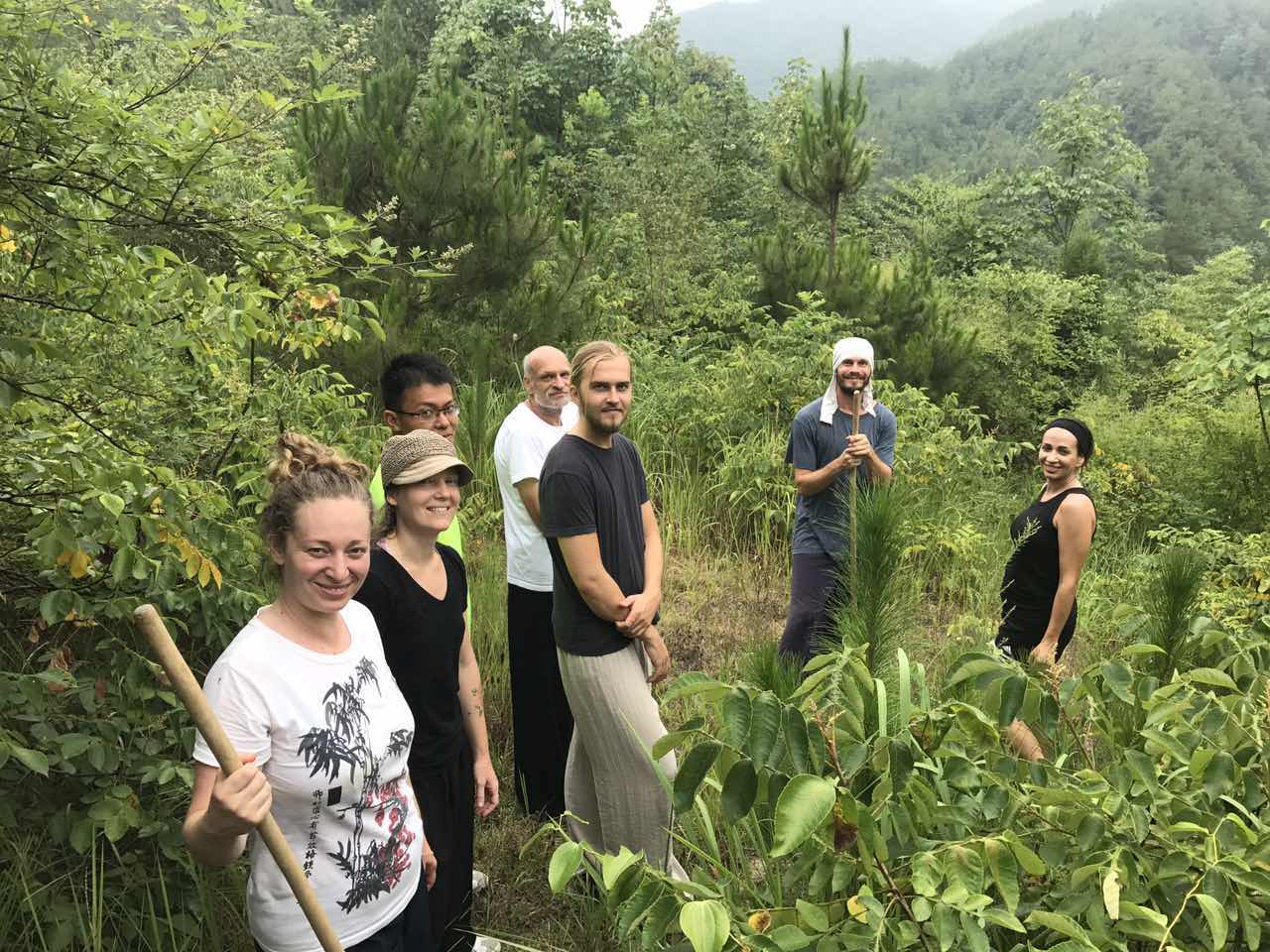
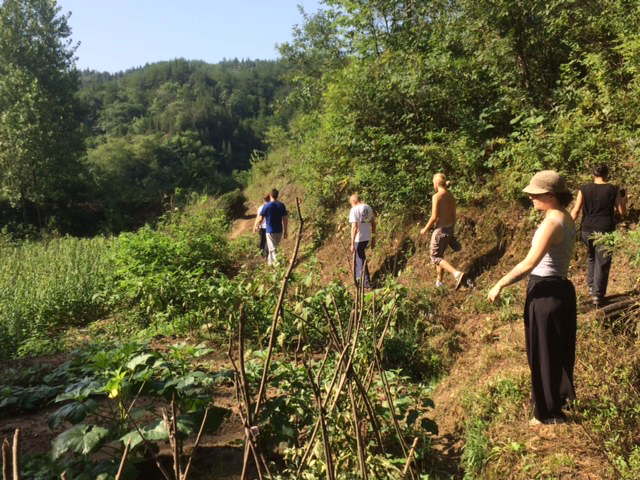
After changing the sweat soaked clothes it was time for 1 ½ h of Fang Song Gong (relaxation in movement), Shuai Bi Gong (swinging arms work), TaiJi Gong & Hun Yuan Jin Gong (movement for building structure, body mechanics and internal flow) and FaLi & FaJin training (Sending out the force in explosive movement), followed by Kai Kua (dynamic stretching to open up the hips).
A short water break and then we started with the GongLi training (Skill and power training) this year we had 15 stations, 2 min / station with 30 sec of rest in between, resulting in a 40 min high intensity work out combining external tiger claw training, whole body and core training with traditional tools. Once again the clothes was soaking wet from sweat. A short break with a quick change of T-shirts was much in-needed. Usually my T-shirt from the morning run had already dried in the sun, so I could use that one again.
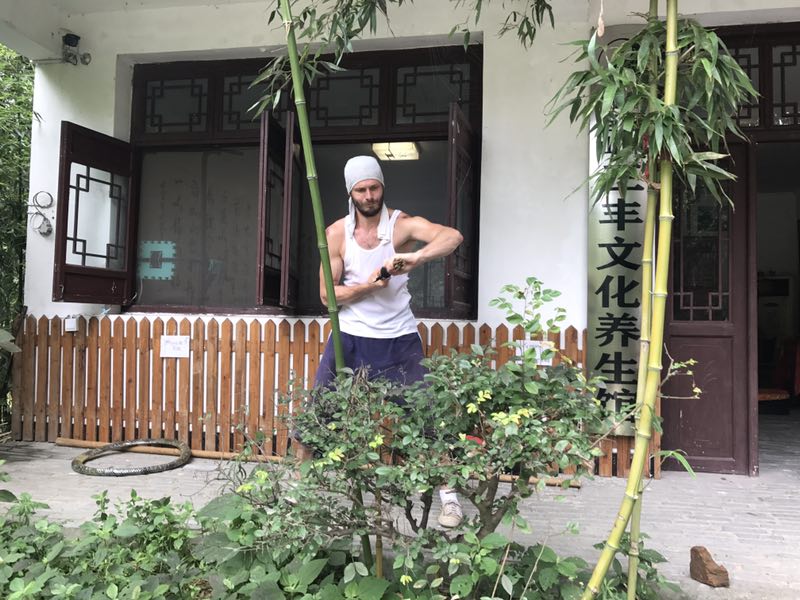
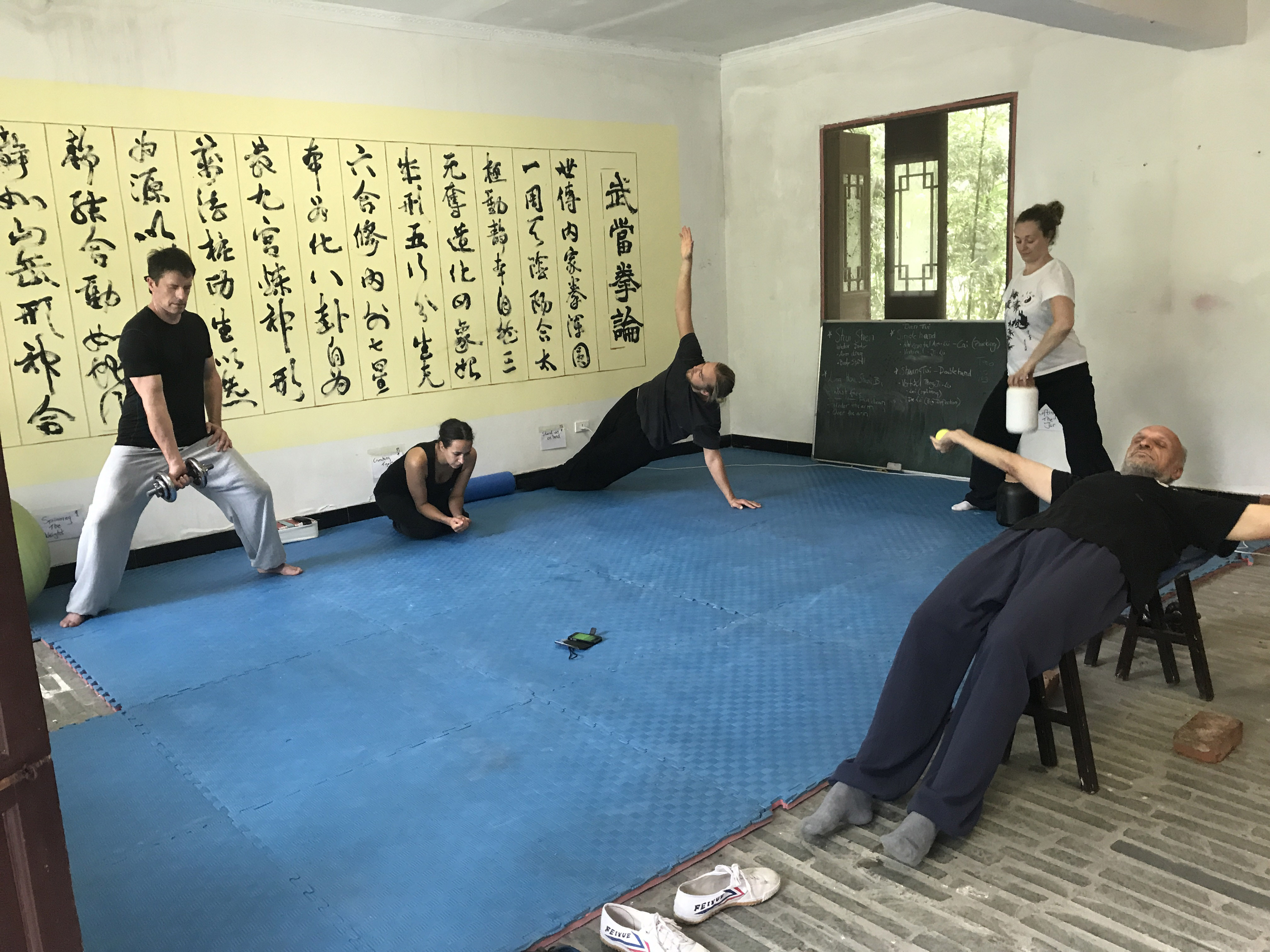
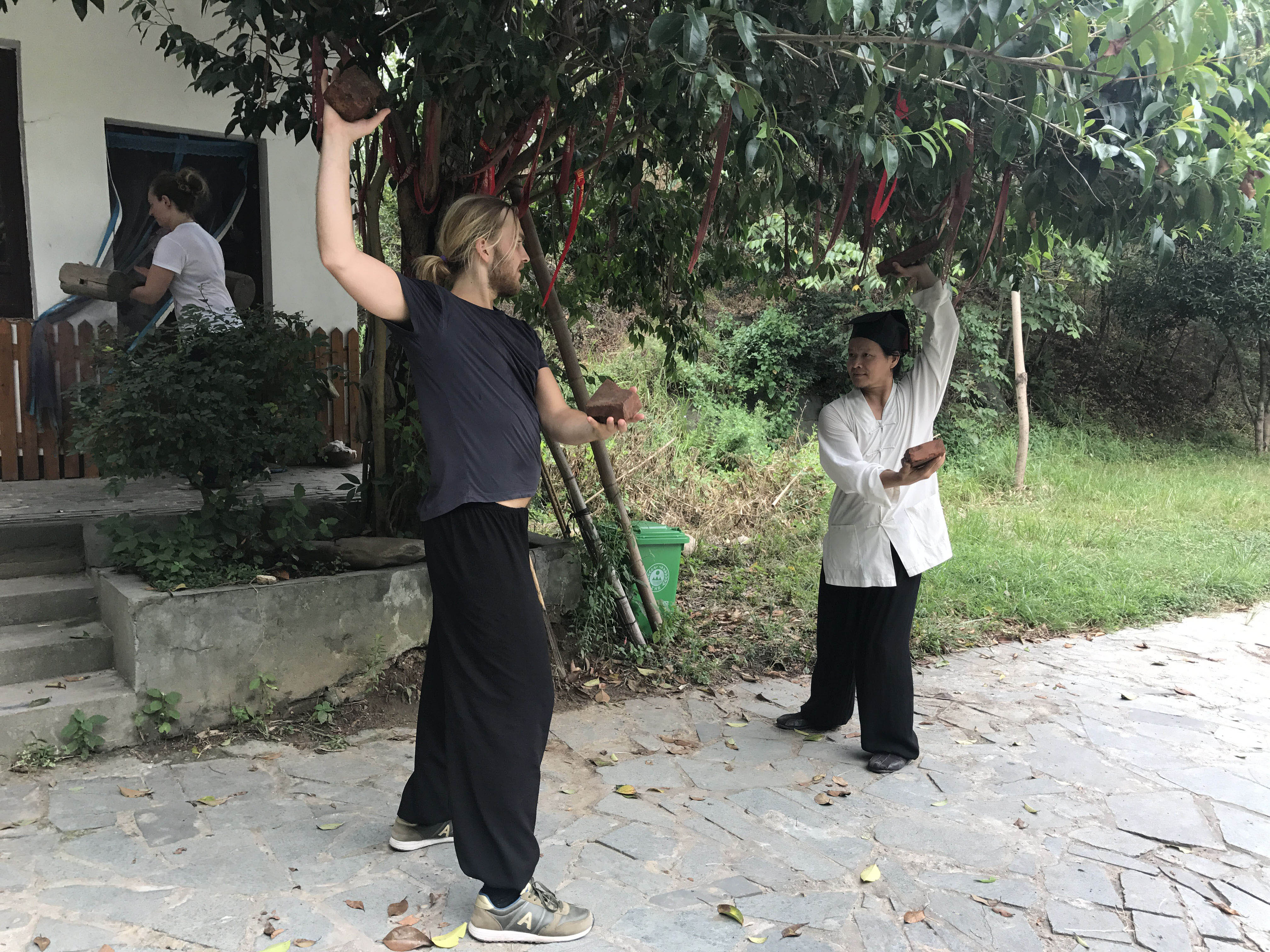
The last hour of the morning practice was spent with Mo Ca Bu (Stroking steps or friction steps) and Tao Lu (form or routine practice) . Mo Ca Bu trains the legs to respond to changes in pressure and direction, it strengthens the over all balance, rooting and joints of the lower body. In the TaoLu we practice the flow in movements and between movements, the focus and body awareness. We practice until the bell rings for lunch, dry of our bodies, change clothes, eat and then go to the much needed afternoon nap.
At 15.00 I hit the bell and it was time for 1h stretching. We focused on partner (PNF) stretching and passive stretching, as we all need to open up our bodies more. PNF stretching is one of the fastest and most effective way for increasing static-passive flexibility. But it does come with a price, it can quickly lead to muscle tearing, over stretching and injury. The key words are listen and trust. It is a good way to get to know an other persons body, how much pressure to use and the limits of the joints. (bild på eva, rolf & eyvind).
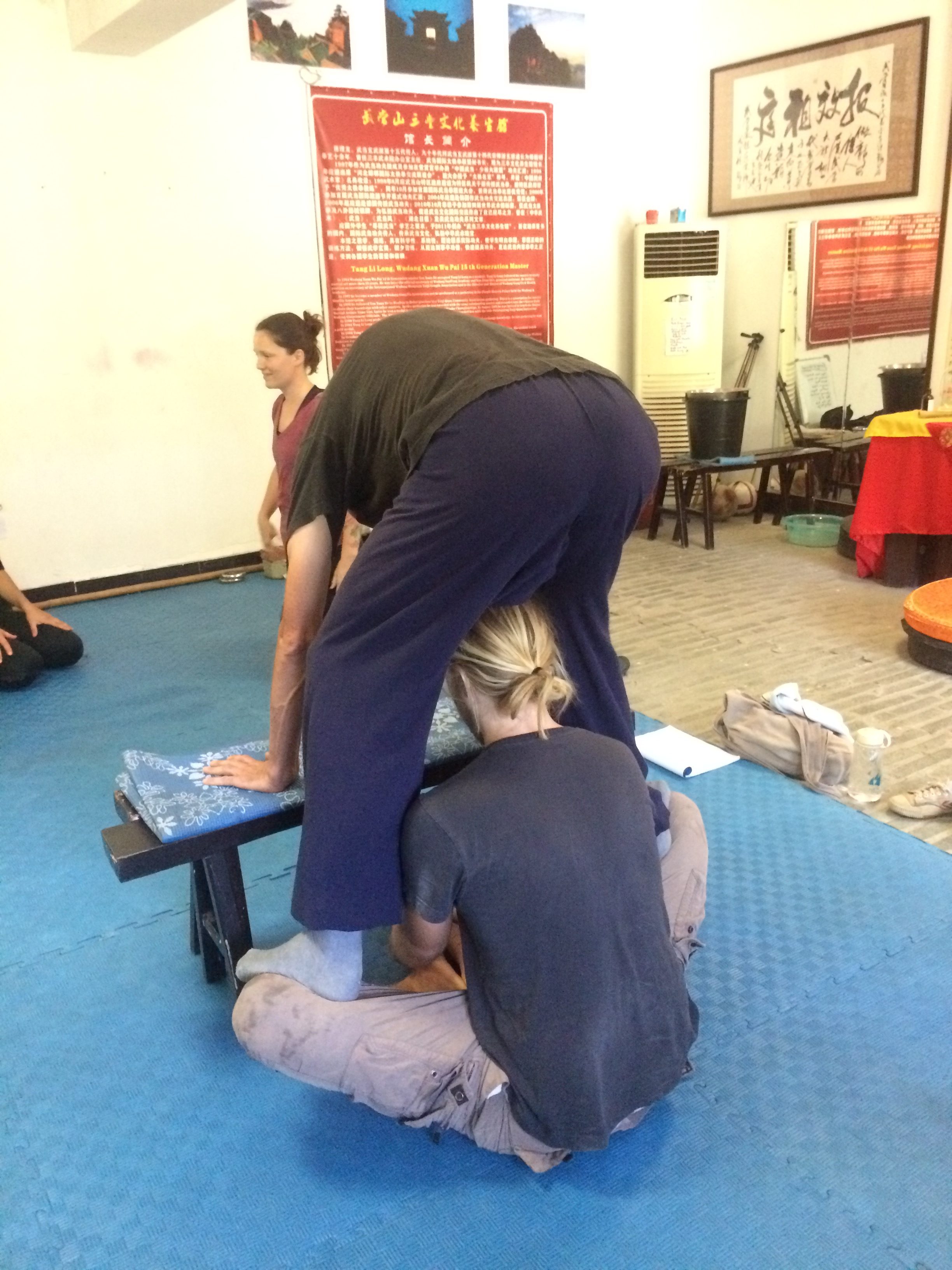
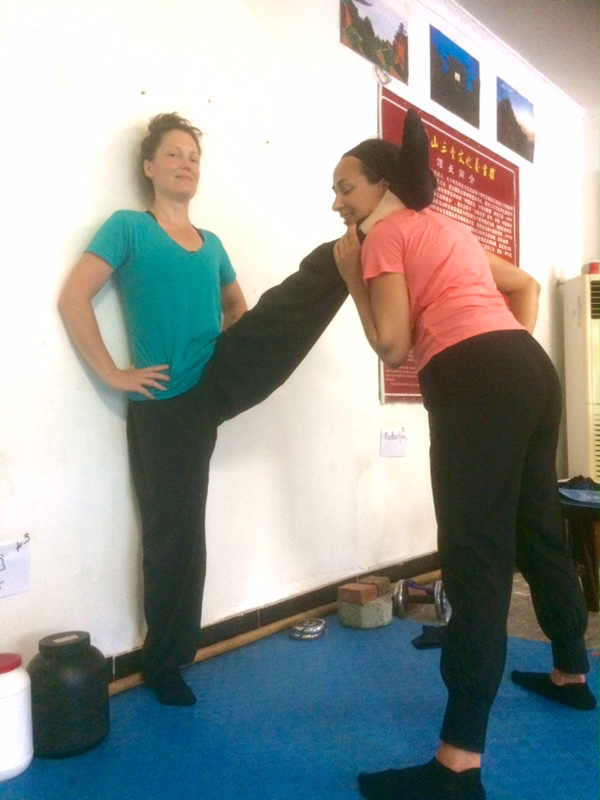
The afternoons were TuiShou (Push-Hands) and Zhan Nian Jiao (sticky feet) time. Zhan Nian Jiao is a partner set and the practical application of Mo Ca Bu. It is similar to Push-Hands and trains the listening skill (Ting Jing) of the lower body. The purpose of the Sticky feet drill is to develop the timing and distance for tripping and sweeping and the ability to detect the opponents movement through leg contact. With practice one can defend against intention.
We started the Push-Hands with the very basic, ShuiShen (water body) learning to separate YinYang, empty and full, by moving and connecting our hips and shoulders, practicing the TingJing (Listen Skill or feeling of the body), then moving into the fixed step horizontal, vertical single and double hand. Later we added the arms and worked with basic QinNa (Breaks and joint locks) from the 8 Energies, uprooting, some simple takedowns and a drilling set that develops a understanding for how the joints can be manipulated. The last 2 weeks we started to practice the moving step, changing from passive to active, and how to be passive and active at the same time
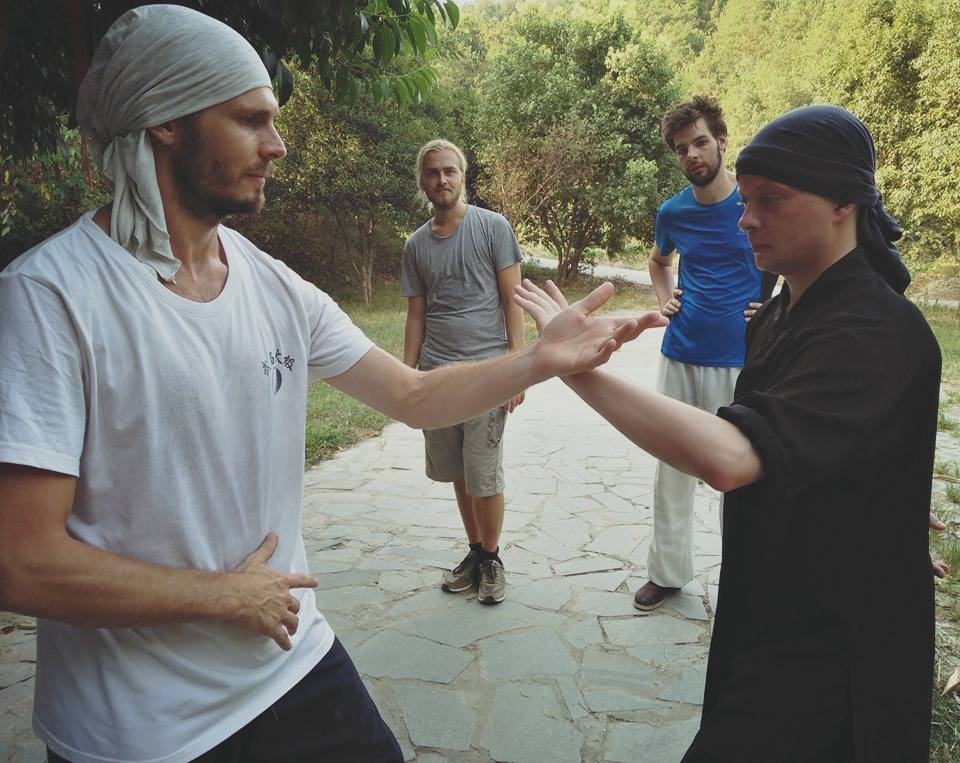
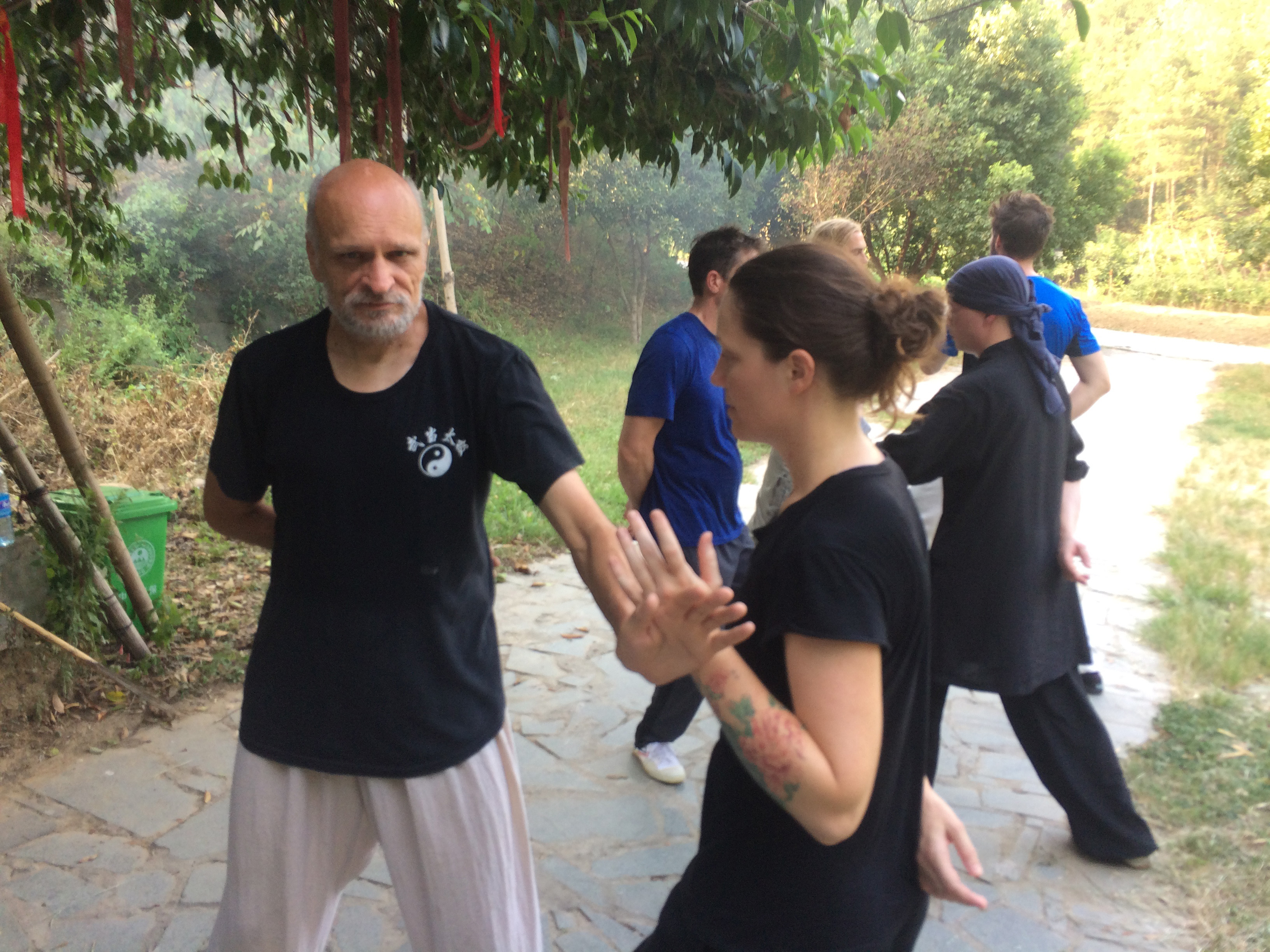
One should practice Push-Hands circles regularly until the circles are natural. Practicing often will develop good energy, and good energy will impart good skills. Through time and sensitivity, a deep understanding of the different energies will develop. According to master Tang the Push-Hands also contains a method that leads to freedom and enlightenment, which you can and should apply to your everyday life.
The four powers/understandings that leads to divinity 神灵 Shénlíng
-
听劲 Tīng jìn The listen power/skill
First step is to observe what is going on around you, what is happening, how is it happening, where does the force come from?
-
懂劲 Dǒng jìn The power of understanding
Next step is to understand why it is happening, how did I end up in this position, situation?
-
化劲 Huà jìn The power of giving in and changing
When we understand why and how something is happening or manifesting itself, we can start to change it. We will realise that the fastest way for transformation is to change ourselves.
-
发劲 Fā jìn The power of releasing and giving back.
As we transform the incoming force we will have the options to Fang Xia (Putting down/letting go) or sending the force back to where it came from, neutralising the situation, moving on, elevating yourself.
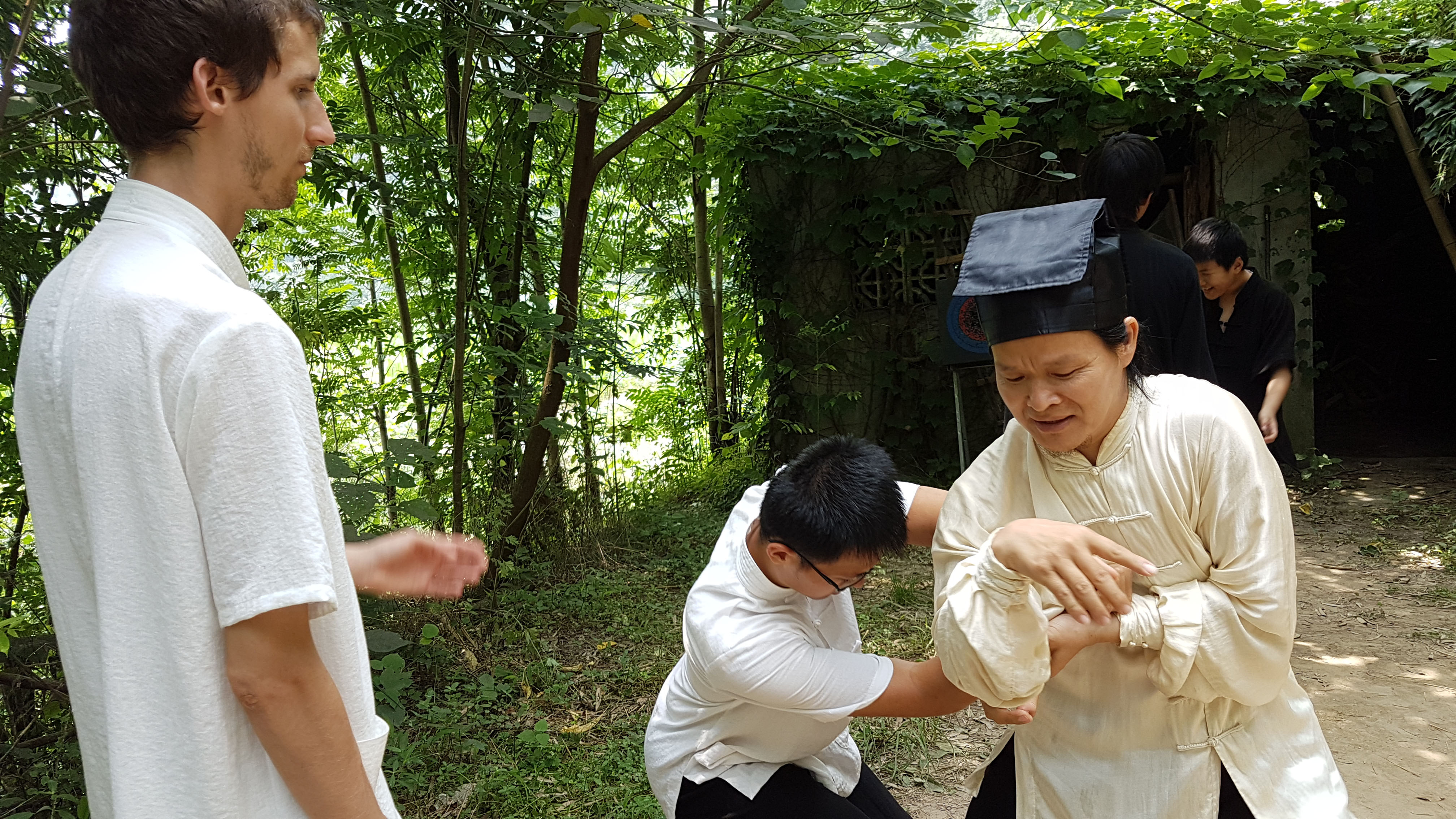
We practiced until the bell rang for dinner, once again soaked in sweat and in need to change clothes, as wearing wet clothes after practice can easily make dampness manifest in your body. The last week we were ordered by Master Tang to review the TaiJi form 3 times before dinner. Usually the lunch and dinner is about the same, vegetarians dishes of the season with rice, but lately there has been added one meat dish for lunch. The protein intake is for me to low for this kind of training and I usually bring my own extra protein powder, minerals and vitamins. I always tell people to bring some extra nutritions as I know how this kind of training affects the body and mind. It is not the explosive “give it all you got training”, this is the moulding “all day long training”. It is 1,5h during sunrise, 3,5h after breakfast, 3h after lunch, 1h theory class after dinner and 1h sitting meditation in the evening, 5-6 days a week, you do the math. But with that said, the diet and training is great for losing weight, I am back to my optimal weight.
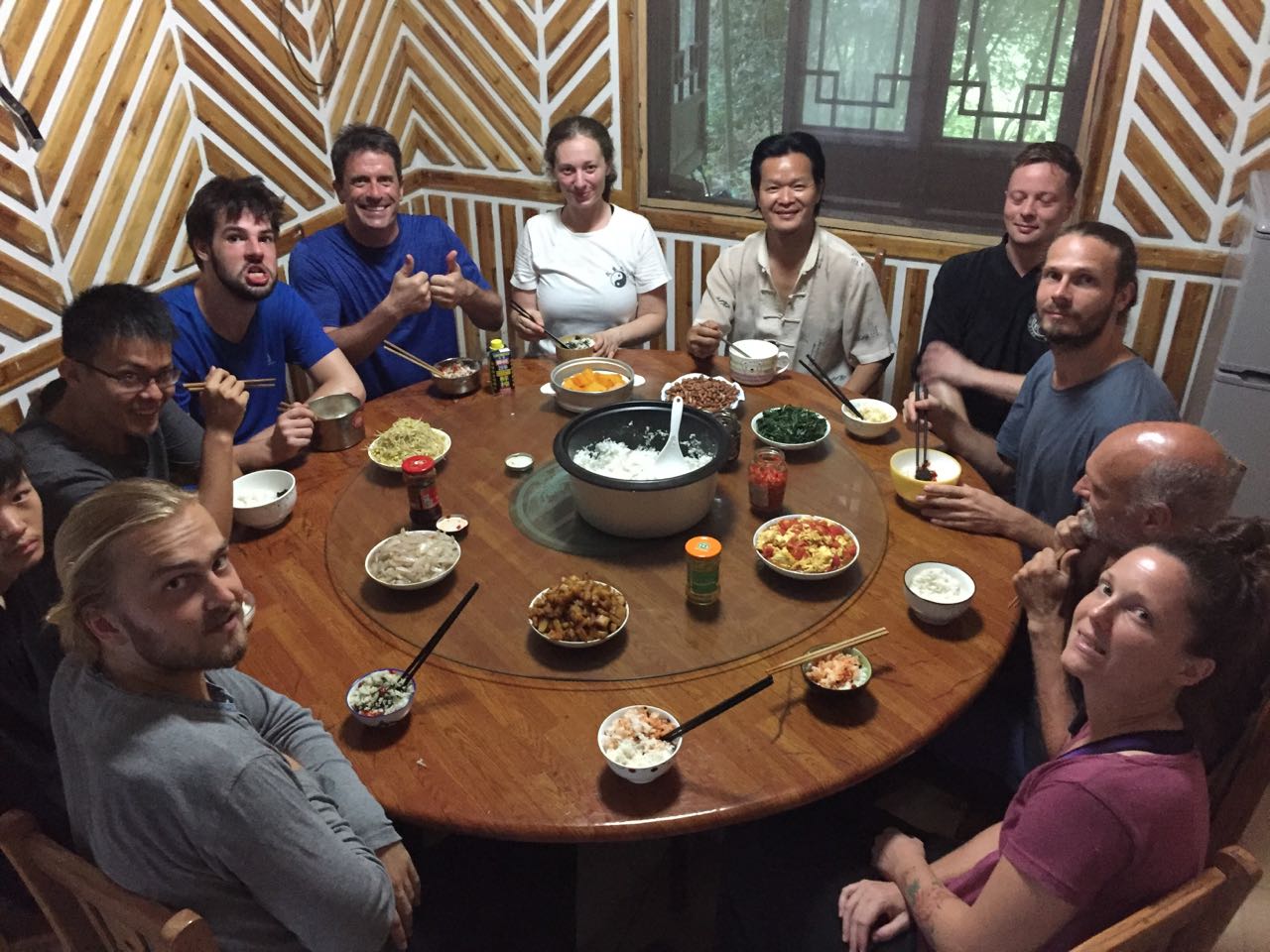
We spent the evenings with theory classes and sitting meditation under the stars, some night it was so clear you could see the whole milky-way. During the course we focused on WuDang Hu Zhao Gong (Wudang Tiger Claw Skill), which is specialized for QinNa, the art of controlling & grabbing, combining both NeiGong & WaiGong to achieve a superior skill. During sunrise and evening we were working with the Internal aspects of the Tiger Claw training. It is said that those who posses the true skill of Tiger claw can crush a bowl, cup or stone, break bones, grab acupuncture points and rip tendons. But Hu Zhao Gong is not only for combat, it also contains the health aspects and the energy training for healing. There is an old saying – Anything that can hurt you, can heal you and if it can’t hurt you it can’t heal you. In the Chinese Internal Martial Arts the Gong (Skill) training for Combat and Healing are basically the same. The training builds up strength, energy and opening up pathways in our bodies, which we later use in in combat or our massage, acupuncture and healing.
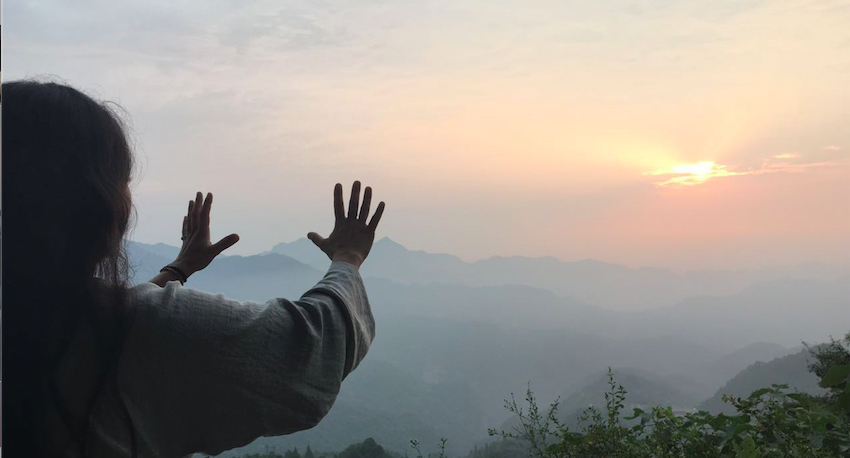
During the last day we got a present from master Tang, instead of the afternoon training we had to clean the whole school, inside and outside, spider webs and bird nests. It took the whole afternoon, but in the end the Academy was as good as new. As compensation he would teach and correct our forms after the evening meditation.
The day after the students invited Master Tang and myself to lunch. Master Tang had heard of a nice restaurant out in the countryside. We managed to squeeze the whole gang into 2 minibuses, the place was beautiful, built in a traditional Chinese look, sounded by mountains and water. The food was great. After finishing the lunch Master Tang wanted everybody to say something about their time in the Academy, one by one we all had to share our experiences and thoughts about the training. Before we left I asked the manager of the restaurant if it was possible to sleep on the second floor. The answer was yes, he showed us the rooms and I got his contact information. For future courses this might be a good option, if master Tangs Academy is fully booked.
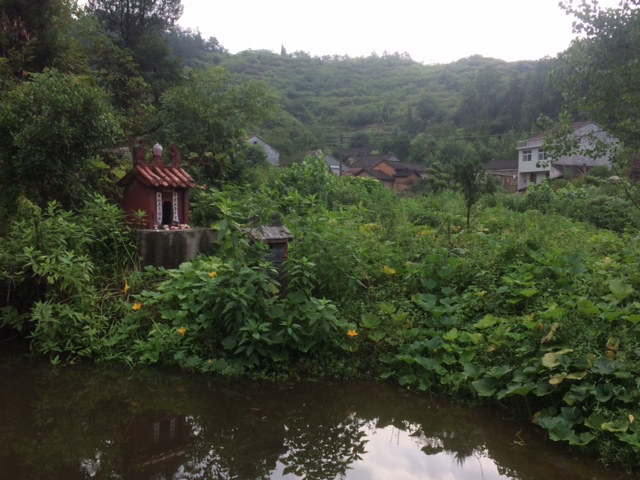
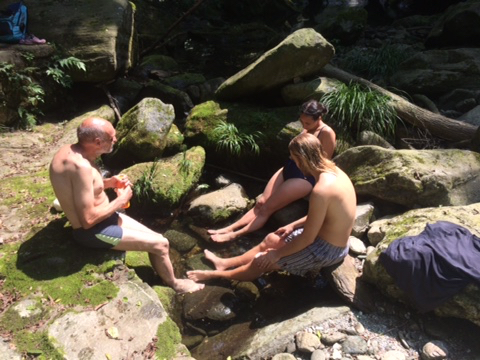
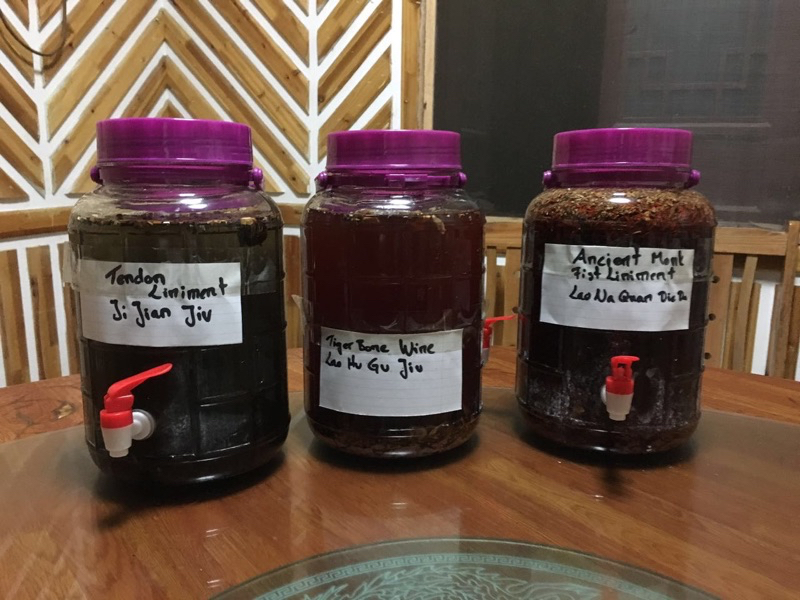
This was the first time I was teaching a one month for about 8-10h a day. I don’t know if Master Tang was testing me, but he decided to leave the school for 2 weeks and left me in-charge of the training. I really start to see how much energy Master Tang and my other masters puts in day after day, year after year. During the TaiJi course I started to feel regret for the past, when I was doubting or nagging Master Tang about not being present during many of the evening classes, now I know better. Master Tang is amazing in that way, if you are willing to train, he will be there to correct you, even during days of and at 23.00 in the evening. But a lot of the method is also built on your own training moral and to be able to train alone, reviewing what you learned, finding and owning your own understanding and skills.
